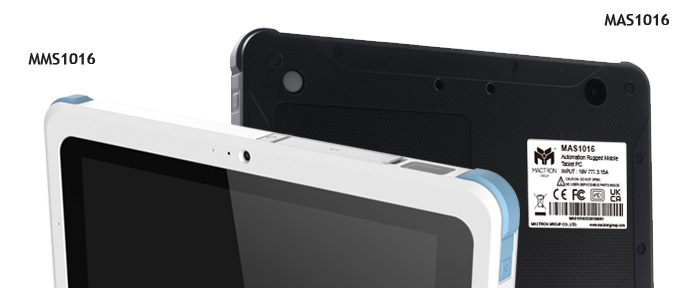In this rapidly advancing digital era, we increasingly rely on wireless networks to connect with the world, with Wi-Fi (Wireless Fidelity) technology being the most common. But did you know that Wi-Fi has different grades based on speed and functionality? Let's delve into it!
What Is Wi-Fi?

Wi-Fi, short for Wireless Fidelity, is a wireless network technology that allows us to connect to the internet or other local area networks without any wired connections. It enables us to use wireless devices such as computers, smartphones, and tablets to access Wi-Fi networks. Wi-Fi uses radio waves to transmit data, allowing us to connect to Wi-Fi networks from anywhere within its coverage range without the need for network cables or being confined to a fixed location. It provides us with the convenience and enjoyment of accessing the internet more easily.
Evolution of Wi-Fi Levels

The evolution of Wi-Fi grading has witnessed significant advancements in speed, capacity, and functionality. Each generation has brought improvements to wireless networking, enabling faster and more reliable connections. Understanding the evolution of Wi-Fi helps us make informed decisions when choosing devices and optimizing our Wi-Fi experience.
- Wi-Fi 1 (802.11b):
Introduced in 1999, Wi-Fi 1 was one of the earliest wireless local area network (WLAN) standards. It operated in the 2.4 GHz frequency range and offered a maximum data transfer rate of 11 Mbps. Although slower compared to later standards, Wi-Fi 1 laid the foundation for wireless networking. - Wi-Fi 2 (802.11a)
Also introduced in 1999, Wi-Fi 2 expanded the Wi-Fi market alongside Wi-Fi 1. It operated in the 5 GHz frequency range, providing a higher maximum data transfer rate of 54 Mbps. Wi-Fi 2 offered improved bandwidth and transmission performance. - Wi-Fi 3 (802.11g)
Released in 2003, Wi-Fi 3 combined the features of Wi-Fi 1 and Wi-Fi 2. It operated in the 2.4 GHz frequency range, supporting a maximum data transfer rate of 54 Mbps. Wi-Fi 3 was backward compatible with Wi-Fi 1 and Wi-Fi 2, contributing to the widespread adoption of wireless networking. - Wi-Fi 4 (802.11n)
Introduced in 2009, Wi-Fi 4 marked the fourth generation of WLAN technology. It supported both 2.4 GHz and 5 GHz frequency ranges, offering a maximum data transfer rate of 300 Mbps. Wi-Fi 4 provided improved signal penetration, coverage, and backward compatibility. - Wi-Fi 5 (802.11ac)
Wi-Fi 5, launched in 2014, represented the fifth generation of WLAN technology. Operating solely in the 5 GHz frequency range, it offered a maximum data transfer rate of 1 Gbps. Wi-Fi 5 provided greater bandwidth and enhanced capability for simultaneous device connections, delivering superior network performance with lower latency. - Wi-Fi 6 (802.11ax)
Wi-Fi 6, also known as High-Efficiency Wireless (HEW), was introduced in 2019 as the sixth generation of WLAN technology. It operates in both 2.4 GHz and 5 GHz frequency ranges, supporting a maximum data transfer rate of 10 Gbps. Wi-Fi 6 offers increased network capacity, improved simultaneous device connections, and better signal stability, along with lower power consumption.

Check out MACTRON GROUP(MTG)’s brand new MAS1016 & MMS1016. This Rugged Mobile Tablet PC support Wi-Fi 5 level WLAN technology. They are designed to support various applications in different fields, be it healthcare, industrial, or commercial. It can meet all your imagination.

0 comments:
Post a Comment